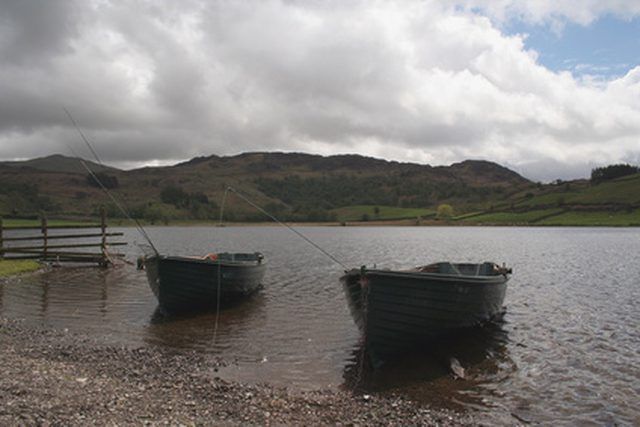Bulbs
Flower Basics
Flower Beds & Specialty Gardens
Flower Garden
Garden Furniture
Garden Gnomes
Garden Seeds
Garden Sheds
Garden Statues
Garden Tools & Supplies
Gardening Basics
Green & Organic
Groundcovers & Vines
Growing Annuals
Growing Basil
Growing Beans
Growing Berries
Growing Blueberries
Growing Cactus
Growing Corn
Growing Cotton
Growing Edibles
Growing Flowers
Growing Garlic
Growing Grapes
Growing Grass
Growing Herbs
Growing Jasmine
Growing Mint
Growing Mushrooms
Orchids
Growing Peanuts
Growing Perennials
Growing Plants
Growing Rosemary
Growing Roses
Growing Strawberries
Growing Sunflowers
Growing Thyme
Growing Tomatoes
Growing Tulips
Growing Vegetables
Herb Basics
Herb Garden
Indoor Growing
Landscaping Basics
Landscaping Patios
Landscaping Plants
Landscaping Shrubs
Landscaping Trees
Landscaping Walks & Pathways
Lawn Basics
Lawn Maintenance
Lawn Mowers
Lawn Ornaments
Lawn Planting
Lawn Tools
Outdoor Growing
Overall Landscape Planning
Pests, Weeds & Problems
Plant Basics
Rock Garden
Rose Garden
Shrubs
Soil
Specialty Gardens
Trees
Vegetable Garden
Yard Maintenance
How to Landscape a Lakefront Property
How to Landscape a Lakefront Property. Landscaping a lakeside property offers special challenges. Although you'll want some privacy, it's unlikely you want to block most of the view. Also, water fowl, pump equipment, and high winds are potential problems that should be addressed. But with a little careful forethought and a few sketches on paper,...

Landscaping a lakeside property offers special challenges. Although you'll want some privacy, it's unlikely you want to block most of the view. Also, water fowl, pump equipment, and high winds are potential problems that should be addressed. But with a little careful forethought and a few sketches on paper, your landscaping can highlight the best features of your property by the lake.
Consider the style of your home before all else. Landscaping should complement your home, so be sure your yard and home are similar styles. For example, a formal home usually looks best with a well-structured, traditional garden. That same garden, however, would look out of place with an informal, cottage-style home.
Think about what features of your property you'd like to emphasize. For example, if your home has a beautiful porch, your landscaping should help highlight it. Perhaps a winding pathway, flanked with brightly colored annuals, could lead to the entryway. This pathway could also continue past the porch, leading to the lake--the No. 1 feature of your property.
Consider what features you'd like to de-emphasize, too. For instance, if your home is long and narrow, lots of low-growing plants along the foundation will make it look even longer and more narrow, but taller plantings will help draw the eye up, making the home look less long. However, too many tall plantings will block all views of the lake.
Hide unattractive lakeside features, like pump equipment, with attractive plantings. Plants like the fleece flower that grows abundantly during the warm months, but can be cut back when the cool, rainy weather begins, are excellent choices.
Deter pesky geese and ducks with hedges. While you may not mind fowl on the water, when they get into your yard, they can create a real mess. Planting a low hedge keeps fowl away from the yard because they prefer open places--but won't block the human view of the lake.
Plant hedges to block high winds. On the lakeside, you sometimes have to choose between beautiful views and shelter from the wind. For your most windy locations, choose smaller shrubs like emerald green arborvitae and inkberry holly, which won't completely block the view.
Frame the view with a variety of tall, medium and low-growing plants. Place tall plants on the outskirts of the view. Then plant a few medium-height plants near the tall ones, followed by low-growing plants in the middle. This will frame the view, drawing the eye toward the water.
Install pathways (and steps, if possible) to the lake. Dirt footpaths are fine if your look is casual, but may lead to erosion. It's better to build a path of wood, stone, brick or similar materials. To make the path look more natural, insert creeping plants or moss in the cracks of the walkway.